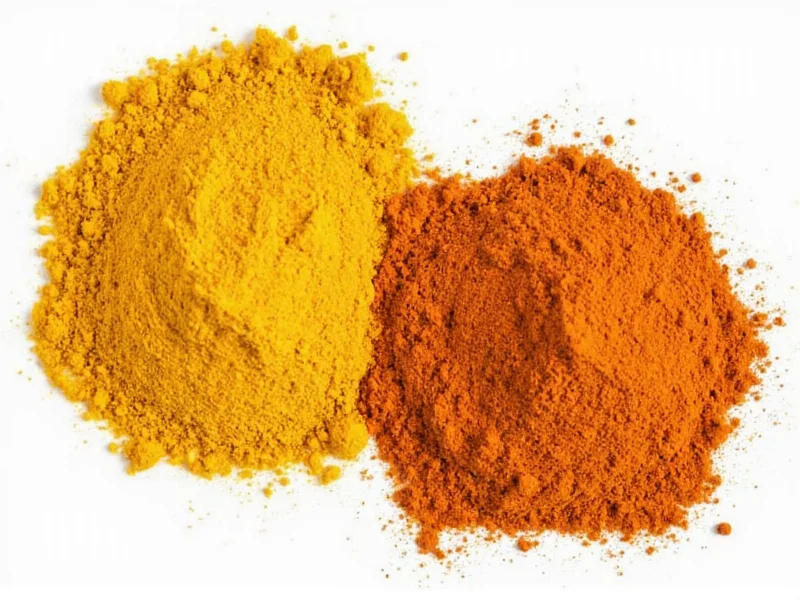Understanding Curry Paste and Curry Powder Differences
Before attempting substitutions, it's essential to understand the fundamental differences between these two ingredients. Curry paste is a wet mixture containing fresh aromatics like lemongrass, galangal, kaffir lime leaves, fresh chilies, and shrimp paste, along with dried spices. It has a complex, layered flavor profile with higher moisture content. Curry powder, by contrast, is a dry blend of ground spices including turmeric, coriander, cumin, fenugreek, and chili powder.
When considering how to substitute curry paste for powder in your cooking, remember that curry paste delivers more intense, fresh flavors while curry powder provides a more consistent but less complex taste. This distinction is crucial for adjusting recipes when substituting curry paste successfully.
Proper Substitution Ratios and Adjustments
The standard substitution ratio works as follows:
| Curry Paste Amount | Curry Powder Equivalent | Additional Ingredients Needed |
|---|---|---|
| 1 tablespoon | 1 tablespoon | 1 tsp oil + 1-2 tsp liquid |
| 2 tablespoons | 2 tablespoons | 2 tsp oil + 2-4 tsp liquid |
| 1/4 cup | 1/4 cup | 1 tbsp oil + 3-4 tbsp liquid |
The oil compensates for the missing fat content in curry paste (which often contains shrimp paste or fish sauce), while the liquid replaces the moisture that curry paste contributes to dishes. For curry powder instead of curry paste ratio adjustments, consider adding a small amount of fresh ginger or garlic to enhance complexity.
Flavor Profile Considerations
When you use curry powder in place of curry paste, expect these flavor differences:
- Less pronounced fresh herb notes (lemongrass, kaffir lime)
- Milder heat profile (curry paste often contains fresh chilies)
- Reduced umami depth (missing shrimp paste/fish sauce elements)
- More uniform spice distribution
For Thai curry recipes specifically, consider adding 1/2 teaspoon of fish sauce and a few torn kaffir lime leaves (if available) to better approximate the flavor profile when making the curry paste replacement in recipes. Indian curry dishes tend to adapt better to this substitution since many traditional Indian curries already use dry spice blends.
Recipe-Specific Substitution Guidance
Not all curry applications respond equally well to substitution. Consider these factors when deciding whether to proceed with a curry paste vs curry powder substitution:
Best for Substitution
- Long-simmered stews and braises
- Dry curry dishes (like some Indian preparations)
- Marinades for grilling
- Curry-based salad dressings
Poor Candidates for Substitution
- Thai green curry with delicate seafood
- Dishes relying on specific fresh herb notes
- Quick-cooking coconut milk-based curries
- Authentic regional specialties
Alternative Substitutes When Neither Is Available
If you're wondering can I use curry powder in place of curry paste and don't have either ingredient, consider these alternatives:
- Homemade curry paste substitute: Mix 1 tbsp curry powder with 1 tsp each of fresh ginger, garlic, and lemon juice plus 1 tsp oil
- For red curry paste: 1 tbsp paprika + 1/2 tsp cayenne + 1 tsp garlic powder + oil and liquid
- For green curry paste: Add fresh cilantro and a squeeze of lime to your curry powder mixture
- For yellow curry paste: Increase turmeric content by 50% in your curry powder mixture
Common Mistakes to Avoid
When attempting curry powder instead of curry paste ratio conversions, watch out for these common errors:
- Omitting the additional oil, resulting in dry, unbalanced dishes
- Not adjusting salt content (curry paste often contains salted ingredients)
- Using equal dry measurements without moisture compensation
- Expecting identical flavor profiles between the two ingredients
- Adding too much liquid, which dilutes the curry's intensity
Remember that successful substitution depends on your specific recipe and desired outcome. For the best substitute for red curry paste in particular, you may need to experiment with additional chili elements to match the heat profile.
When Substitution Isn't Recommended
While how to substitute curry paste for powder is possible in many situations, some recipes simply won't work well with this substitution. Authentic Thai curries, especially those featuring delicate ingredients like fish or shellfish, rely heavily on the fresh components in curry paste. In these cases, consider making a quick trip to an Asian grocery store or ordering curry paste online rather than compromising the dish's integrity.











 浙公网安备
33010002000092号
浙公网安备
33010002000092号 浙B2-20120091-4
浙B2-20120091-4